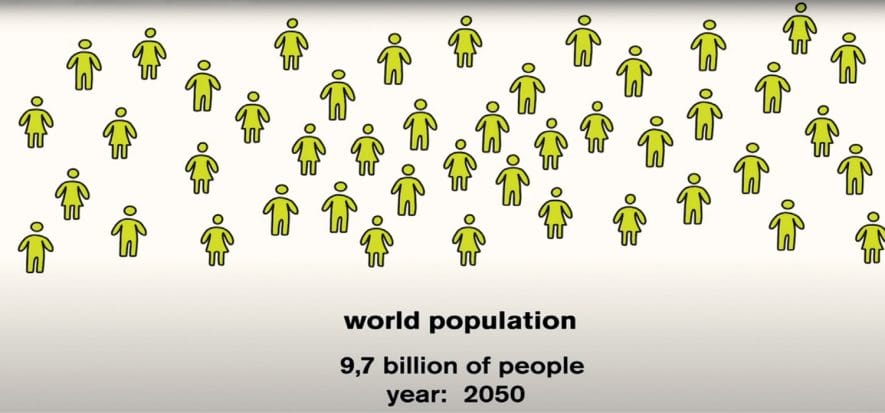The title they have chosen is, to a certain extent, quite peculiar and, at the same time, rather programmatic. “Leather and life expectancy: the unexpected connection”. Such is the name given to an animated video created by Dani, a Veneto’s leather tanning group. The aim is to show, once again and as clear as possible, the circular value of leather and its manufacturing industry. Aiming at that, specifically, they opted for an “unexpected” connection.
Leather and life expectancy
The video starts by dating the story back to old days, namely in 1900, when the overall world population was 1.6 billion people. The video moves then on to 2050: by that time, human beings living on earth will expectedly amount to 9.7 billion people. In the same 150 years, life expectancy, which was 32 years at the beginning, will supposedly reach 75 in the next 30 years. What is the connection with leather anyway?
The unexpected connection
During the animated video, which lasts one and a half minutes, they actually highlight an unexpected (positive though) connection between leather and life expectancy. In fact, while focusing on world average life expectancy, which has grown and will increase, they emphasize that these results have been obtained thanks also to “animal-based complete proteins contained in milk, cheese and meat”.
Considering the rapidly increasing growth of human population, their importance is bound to become more and more remarkable: upcoming years will see an increase in demand for these proteins. This will mean 7 million tonnes of bovine hides yearly, which we can either bury on landfill or burn them (that would entail environmental and additional costs), or upcycle them to get leather. Leather gives appeal, durability, elegance and shape to a variety of useful objects. Not to mention that scraps of the tanning process are reprocessed and become a component of various products. The right decision looks obvious. Yet, unfortunately, it is not like that in most part of the world.
Read also:
- Dani Group earn ISO 27001 certification for data protection
- Real Leather is Real Sustainability: here is UNIC ad campaign
- UK Leather reproaches BBC: if that’s not enough, there’s a Boxmark video











